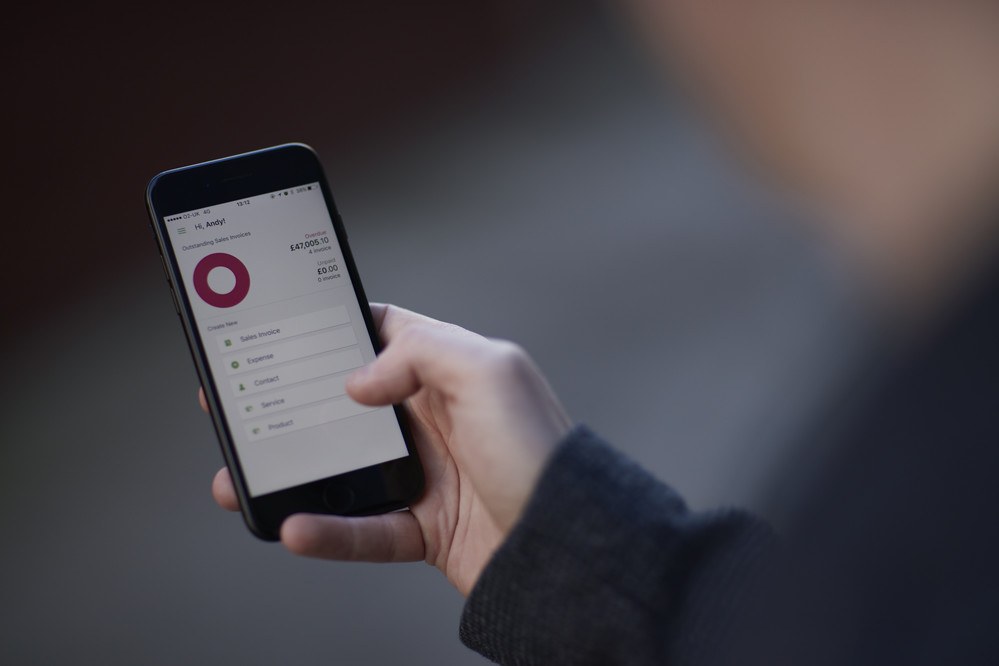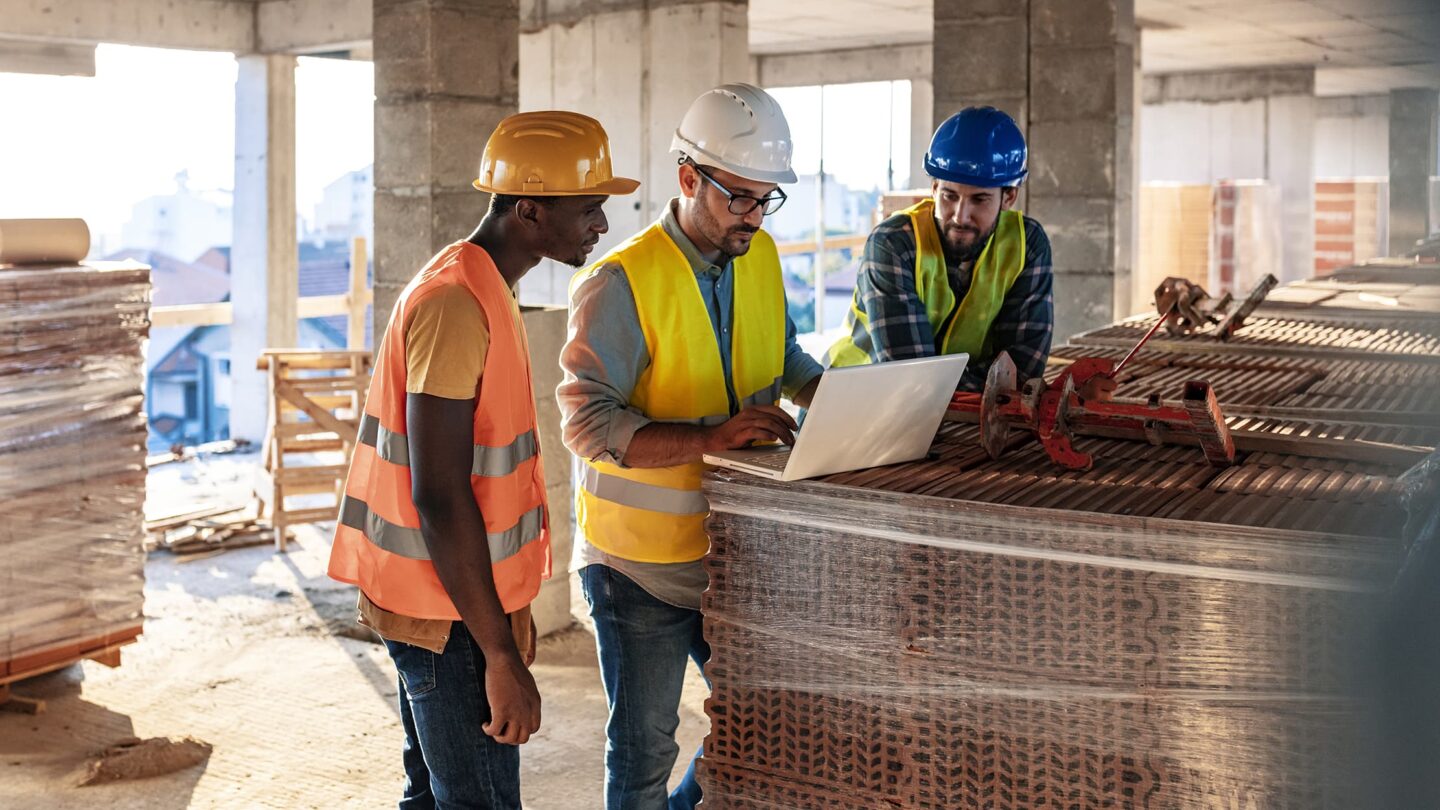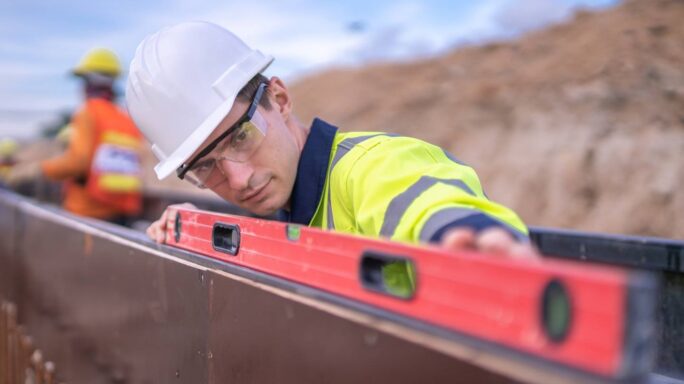Technology & Innovation
The basics of IoT in construction

The things around us are changing dramatically. Our cars have become mobile wifi hot spots . . . our wrists are encircled by bracelets that monitor our heart rate and sleep patterns . . . our refrigerators can tell us when we need milk and orange juice and add the items to the grocery list on our smart phones. It’s all just a small part of what is known as the internet of things, or IoT for short.
In the world of construction, there are also plenty of opportunities for IoT technology—from smart equipment, to intelligent buildings, to worker wearables. It’s all fascinating stuff but can be a bit confusing for those new to the concept and its application in construction. So I turned to a few sources more educated on the topic to provide a basic understanding of this full-steam-ahead technology trend:
- Simply put by Wikipedia, the internet of things connects devices, vehicles, buildings, and other items using electronic sensors and the Internet. (A little trivia: the term “internet of things” was first coined in 1999 referring to a global network of objects connected to radio-frequency identification.)
- IoT sensors are already being used in construction equipment to monitor operating conditions and performance levels, according to ForConstructionPros.com. In one of its recent articles, it reported: “At this stage of technology maturation, most applications are still harvesting the low-hanging fruit like machine hours, fuel consumption, GPS tracking, and idle time. These types of data let equipment owners schedule preventive maintenance, determine optimal operating procedures, prevent theft and misuse of equipment, and more.”
- “IOT’s magic goes beyond just a simple application,” adds Isaac Sacolick, an experienced CIO who often writes about technology. He sees IoT as involving many different items, big data analytics to process data from the sensors, and feedback systems that machines and people can act on. In his article “What is the Internet of Things? Beyond bracelets, gadgets, and home automation,” he describes how a building’s systems could sense its occupants and recognize daily patterns to optimize lighting and heating.
Use of IoT in construction is still relatively new, but the possibilities are virtually endless. The only limitation will be our imaginations.







Ask the author a question or share your advice